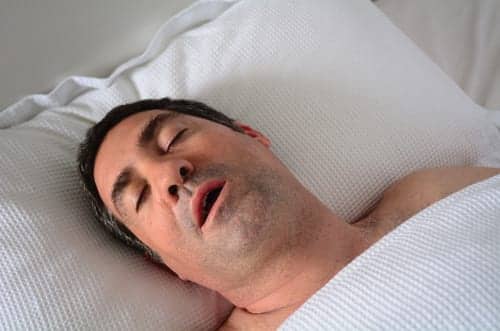Sister magazine Orthodontic Products discusses where an orthodontist comes into obstructive sleep apnea treatment.
These various approaches are effective because OSA is a condition resulting from a combination of anatomic features that create an obstruction or reduction in airflow at some level in the maxillofacial complex. For many patients, orthodontists have a unique opportunity to provide definitive correction of the underlying problems because we are the only specialty that routinely changes the morphology of the maxillofacial complex without surgery. In many ways, OSA is a medical condition with an orthodontic solution. It is important to note that in every situation, only a physician can make the diagnosis of snoring or obstructive sleep apnea even though we as dentists provide much of the treatment. The reason this is important to both us and the patient is that even though OSA is the most common form of sleep disordered breathing, it is critical to rule out such entities as central apnea.
OSA is categorized in adults as normal, mild, moderate, or severe depending on how many obstructive events occur per hour while sleeping. These events are described as apneas or hypopneas. An apneic event is the cessation of breathing for greater than 10 seconds. A hypopnea is the reduction of blood oxygen (pO2) resulting in a 4% or greater desaturation. Although apneas were previously considered more damaging than hypopneas, current thinking and evidence is that over time hypopneas are just as damaging as apneas. The apnea hypopnea index (AHI) is used to define the severity of the problem. AHI is calculated by counting the number of such events all night while sleeping and dividing by the number of hours the patient slept producing an average count per hour. For adults, the categories are as follows: 0>5 normal, 5>15 mild, 15>30 moderate, and >30 severe. In children, the AHI should always be less than 1 (Figure 1 and Figure 2).




